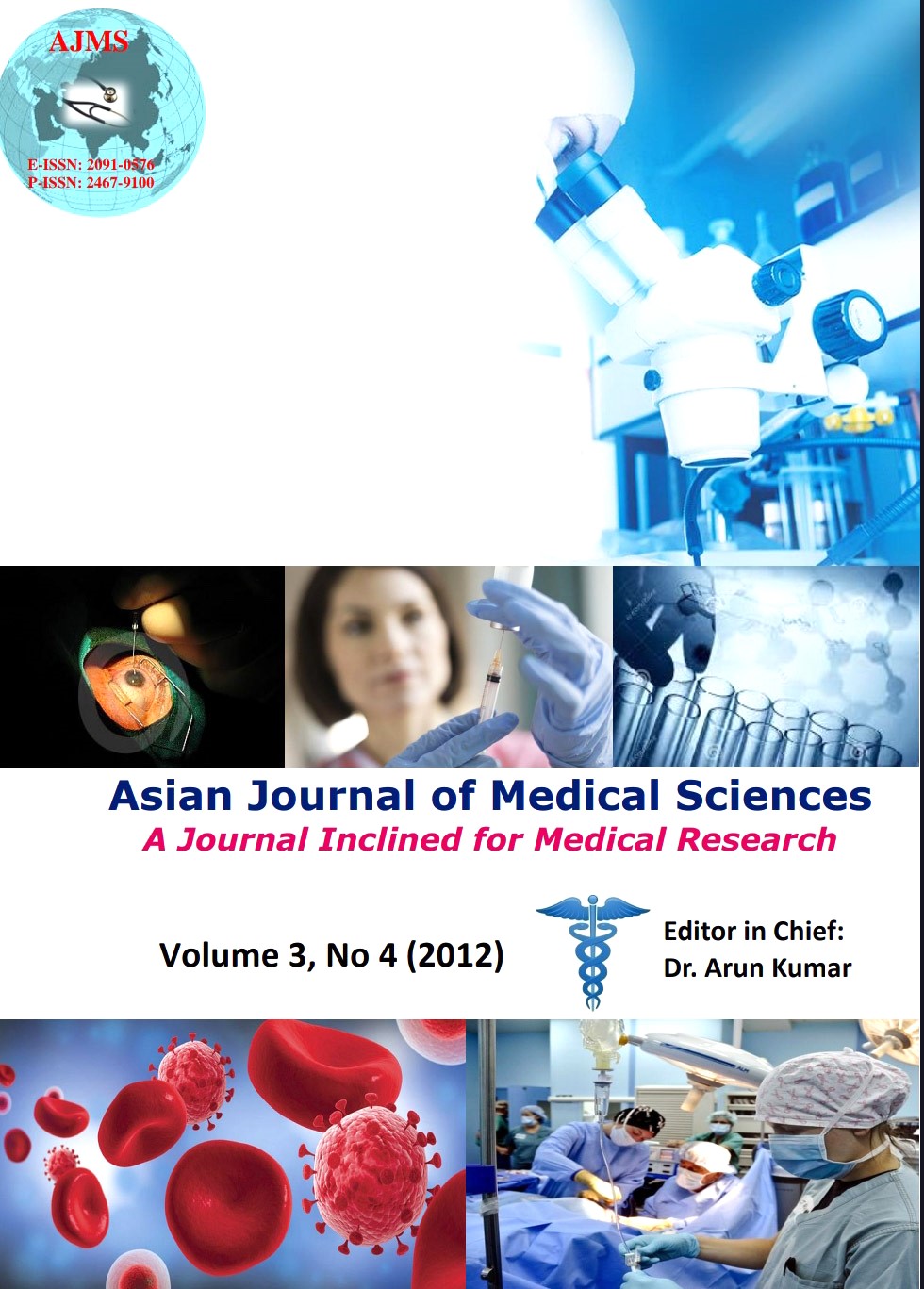Comparison of ILMA Guided Tracheal Intubation in the Lateral Position with the Supine Position
Keywords:
Airway Management, Intubation, Intratracheal, Laryngeal Masks, Patient positioning, lateralAbstract
Background: The ILMA has been established as a valuable airway management device in the supine position, in both elective and emergency situations, for both ventilation and intubation. Intubation in lateral position might be necessary in some congenital syndromes, morbid obesity, or after accidental extubation in laterally positioned patients. This study was undertaken to evaluate the ILMA for intubation of patients in the lateral position and compare it with intubation in the supine position.
Aims: To determine and compare the success rate, time taken, and complications of intubation with the ILMA in the lateral versus supine position.
Settings and Design: Prospective, clinical investigation, in a tertiary level, multispecialty hospital.
Methods and Material: Seventy ASA I-II patients scheduled for elective surgeries were randomly allocated into two groups of 35 patients each. The groups F1 and F2 consisted of patients who were intubated with the ILMA in the supine and lateral positions, respectively. The comparison of the two positions was based on: success of intubation, success at first attempt, number of attempts, intubation time, and incidences of oesophageal intubation, oxygen desaturation, mucosal injury and postoperative sore throat.
Statistical Analysis used: The data was analysed, and for comparison of mean between two groups, unpaired student “t”-test was applied. ?2-test or Fischer exact test were applied for categorical variables like number of attempts, incidence of mucosal injury etc.
Results: The intubation success rate was 100% in both positions. The success rate of intubation in the first attempt was 97.1% in supine, and 94.3% in the lateral position, and was comparable. The average intubation time was significantly more in the lateral, as compared to the supine position (45.82 versus 38.51 seconds). The incidence of intra, and post-operative complications was low in both the positions.
Conclusion: These results suggest that the ILMA is a useful device for tracheal intubation in the lateral position. The difference in intubation time, though significantly more (statistically) in the lateral as compared to the supine position, had little clinical relevance.
DOI: http://dx.doi.org/10.3126/ajms.v3i4.5667
Asian Journal of Medical Science Vol.3(4) 2012 pp.32-38
Downloads
Downloads
Published
How to Cite
Issue
Section
License
Authors who publish with this journal agree to the following terms:
- The journal holds copyright and publishes the work under a Creative Commons CC-BY-NC license that permits use, distribution and reprduction in any medium, provided the original work is properly cited and is not used for commercial purposes. The journal should be recognised as the original publisher of this work.
- Authors are able to enter into separate, additional contractual arrangements for the non-exclusive distribution of the journal's published version of the work (e.g., post it to an institutional repository or publish it in a book), with an acknowledgement of its initial publication in this journal.
- Authors are permitted and encouraged to post their work online (e.g., in institutional repositories or on their website) prior to and during the submission process, as it can lead to productive exchanges, as well as earlier and greater citation of published work (See The Effect of Open Access).




